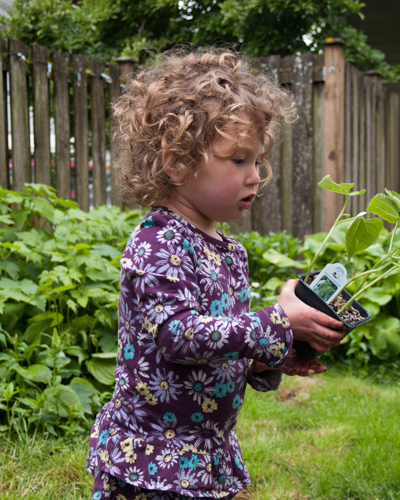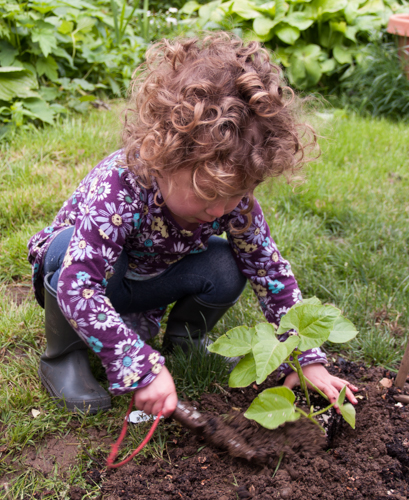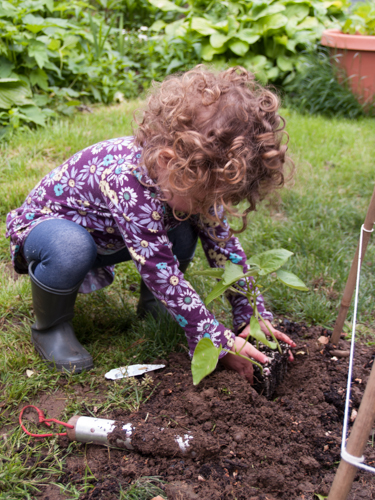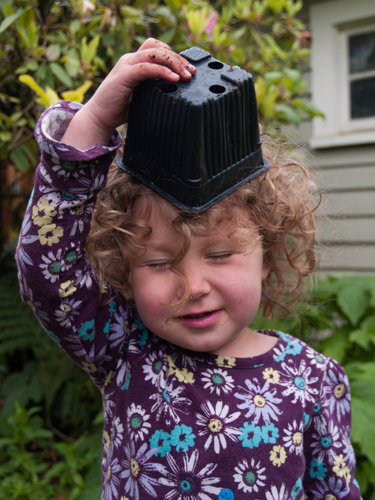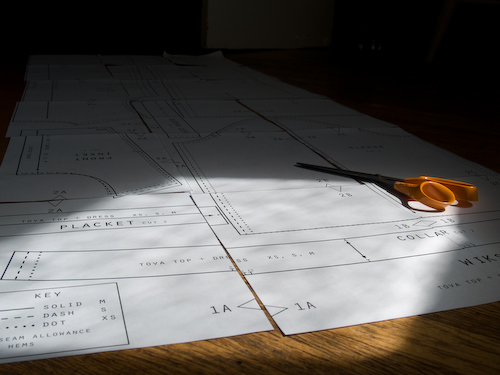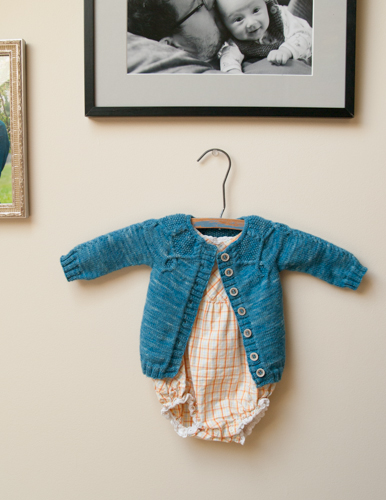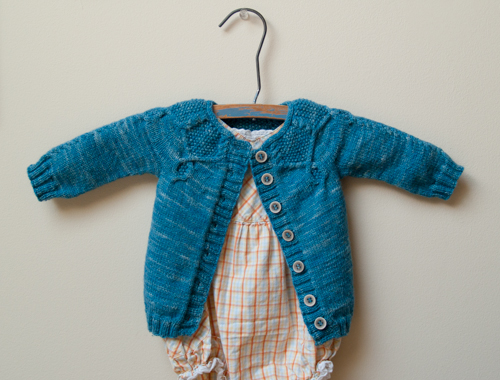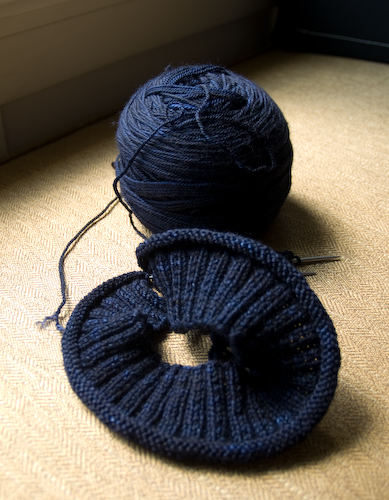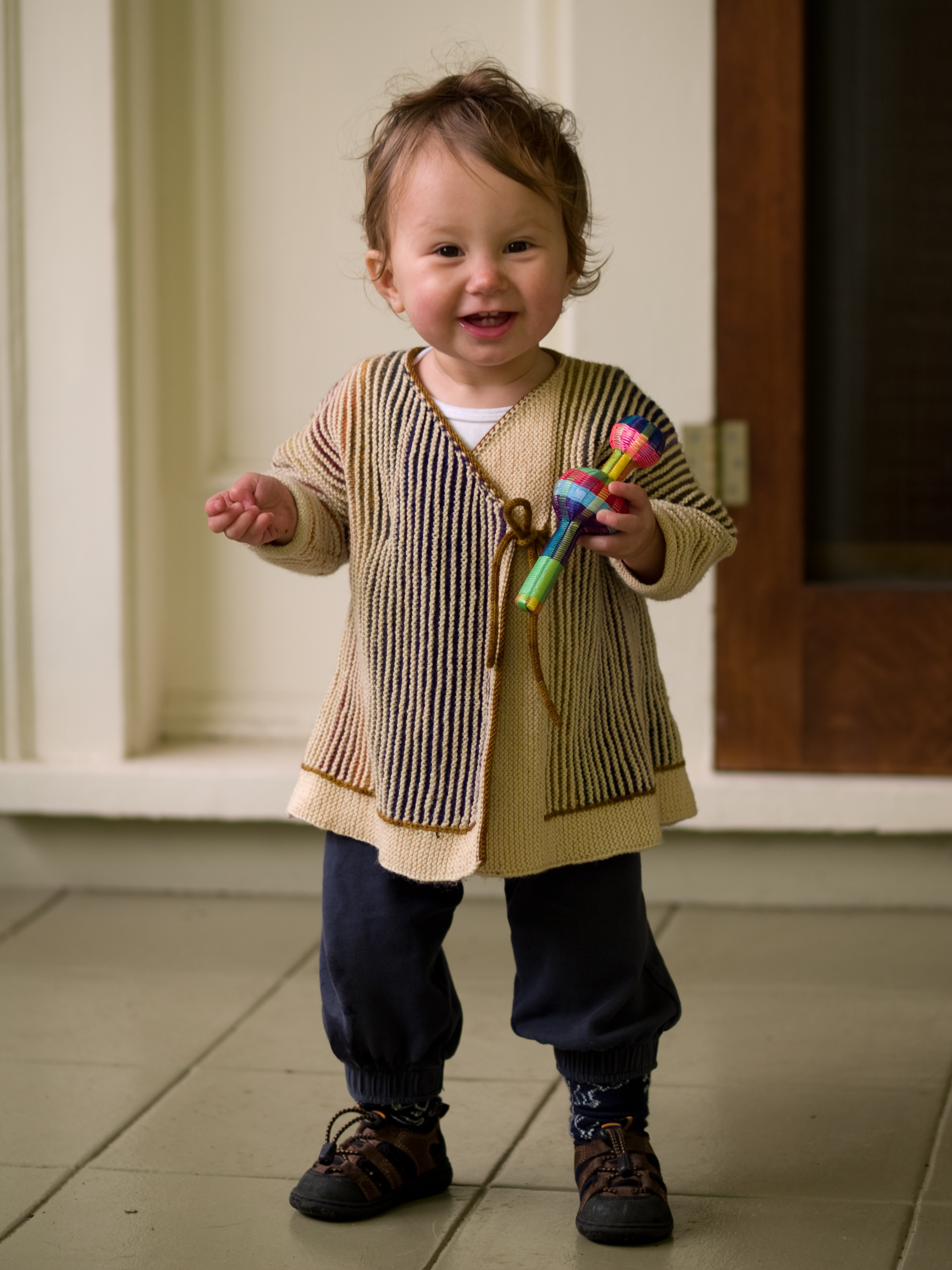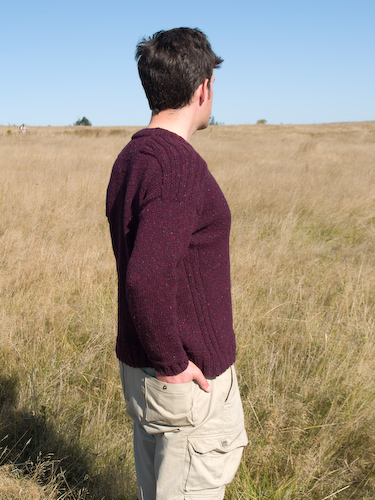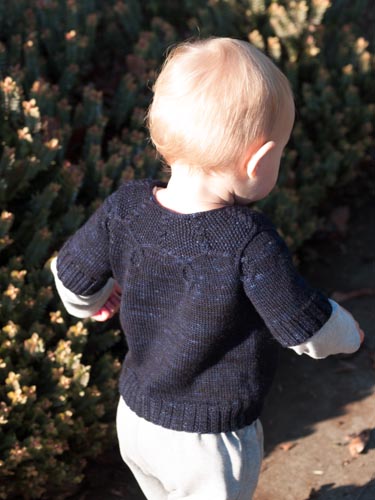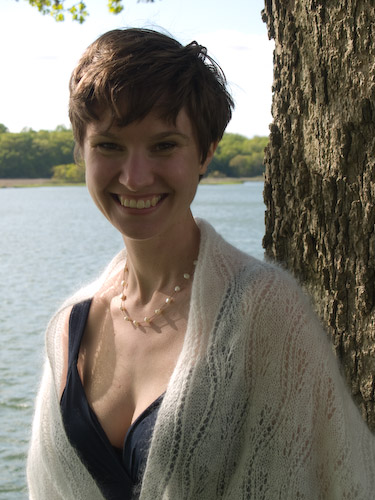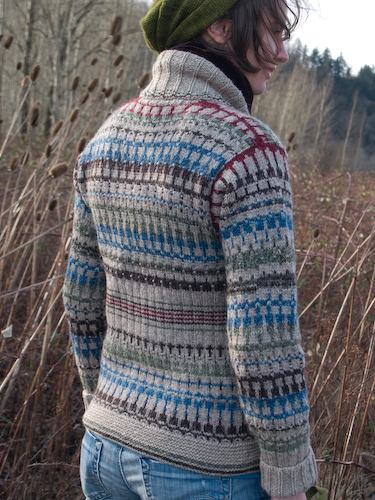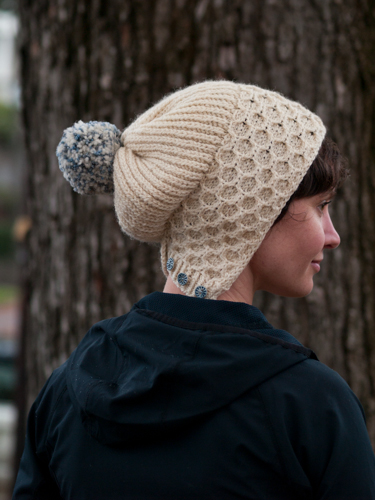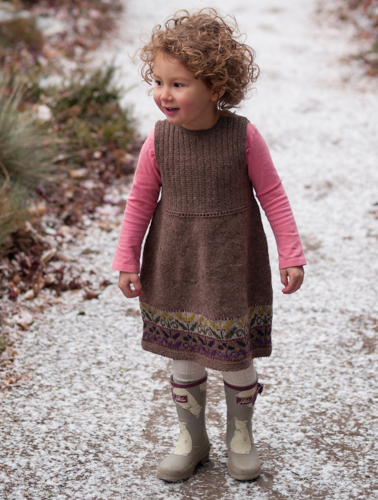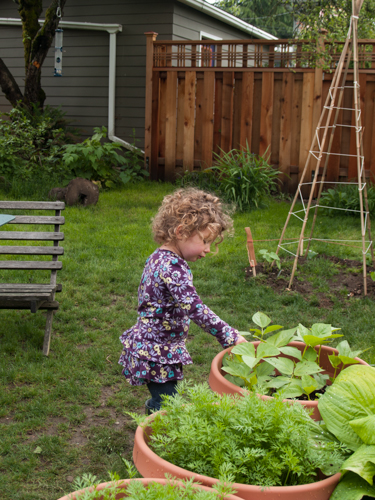 New in the garden, such as it is: a bean tepee! A bean-cucumber tepee, to be exact. My friend Betsy once trellised some pumpkins; why not cucumbers, I thought? Nothing growing on the ground stands a chance against the gamboling dog, after all, and we do love cucumbers around here. (Hendrick’s gin and tonic with mine, thanks.) Ada and I did the planting together.
New in the garden, such as it is: a bean tepee! A bean-cucumber tepee, to be exact. My friend Betsy once trellised some pumpkins; why not cucumbers, I thought? Nothing growing on the ground stands a chance against the gamboling dog, after all, and we do love cucumbers around here. (Hendrick’s gin and tonic with mine, thanks.) Ada and I did the planting together.
“Kentucky Wonder” pole beans and “Muncher” cucumbers, to join the bush beans and carrots growing in pots. They’d probably like it if the sun decided to come out some week soon. And may fortune protect them from squirrels and snails. I have high hopes of a leafy bower with a tiny seat beneath for my girl to enjoy in a few months. My girl. She is growing tall of stature and of tale.
“Mama, last weekend I had FIVE ARMS so I could hold a lot of bird feeders with toast inside and the chickadees came and ate it ALL UP and they flew up my shirt and their tickly feet was SO TICKLY!”
I like her so much.
